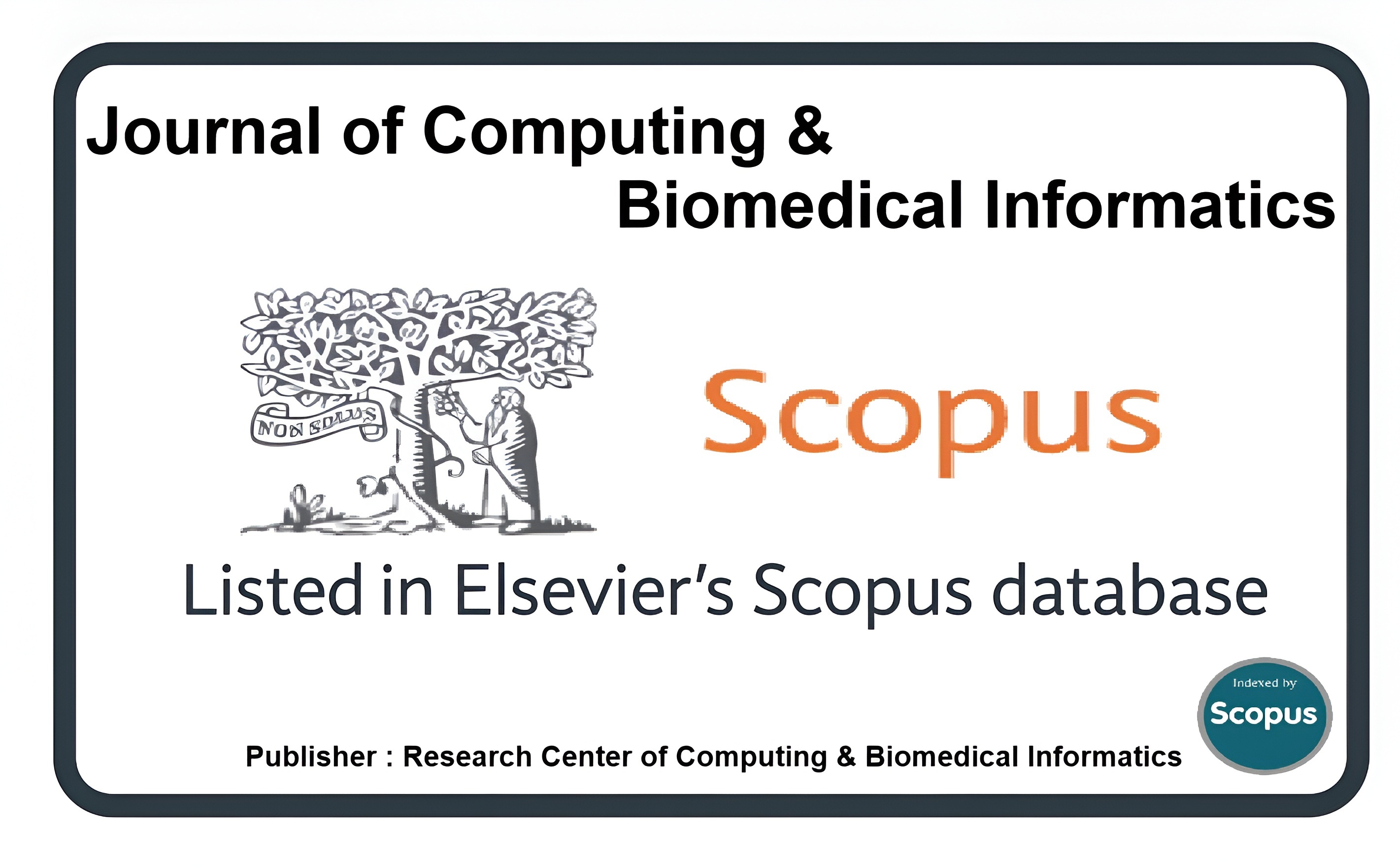Identification of Scientific Researchers at the Early Stage of Field of Study Trends
Keywords:
Computer Science, Field of Study(FoS) Trend, Trend Setters, Emerging FoSAbstract
Classifying researchers at the emerging phase of a Field of Study (FoS) trend is of crucial. This process will reveal the early influential authors and guage the popularity of a particular FoS trend. Researchers might not only be active in emerging FoS trends relevant to their fields, but they might also find it highly helpful to be kept informed about the progresses of important new research areas. Companies and institutional funding agencies are also required to be frequently informed on changes to the scientific landscape, so that they can make initial choices about their important funds. The scientific community has produced numerous studies on the detection and analysis of FoS trends. These studies focus on multiple issues like, (i) birth and establishment of an FoS trend, (ii) number of publications and researchers in an FoS trend, (iii) communities of researchers being formed around an FoS trend, (vii) grouping of different FoS trends, etc. This study aims to identify authors active during the early stages of an FoS trend in the field of Computer Science. It utilizes scientific articles published between 1950 and 2018 within the Computer Science domain, sourced from the Microsoft Academic Graph (MAG) dataset. We have proposed an approach to detect influential researchers who were involved at the emerging stage of an FoS trend known as trend setters and the authors who followed it afterwards known as trend followers. The influential authors (trend setters) achieved high citation count and significance in a particular FoS. In our proposed approach, firstly, we have calculated the debut year of an FoS. Then, we have computed the FoS publication count, its author count and FoS trend by using Filed of Study Multigraph (FoM) with degree centrality measure. Afterwards, we applied Rogers' innovation diffusion theory for the detection of trend setters and followers. Lastly, we have compared our list of researchers (trend setters) with two existing lists of well-known Computer Science researchers. The following are the lists; (i) top 10 influential authors identified by [1] (ii) An existing list of Computer Science researchers with an H-index of 40 or higher (available at www.cs.ucla.edu/~palsberg/h-number.html) is utilized. The experimental results demonstrate that our proposed method successfully identifies many of the influential researchers featured on this list. In some instances, exact matches were found in relation to the FoS, confirming their status as trendsetters.
Downloads
Published
How to Cite
Issue
Section
License
This is an open Access Article published by Research Center of Computing & Biomedical Informatics (RCBI), Lahore, Pakistan under CCBY 4.0 International License





